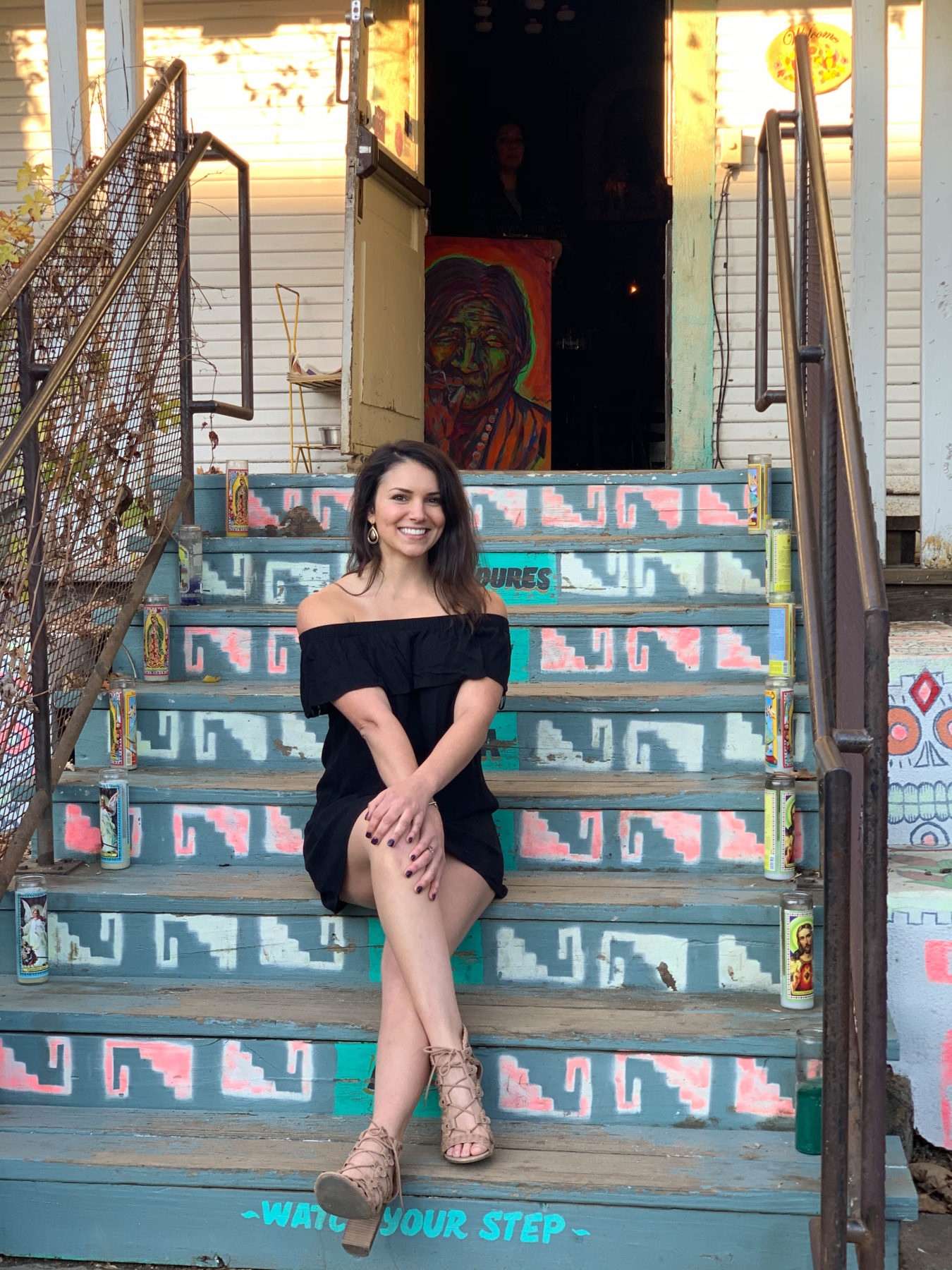Why A Lack of Motivation Isn’t the Issue

You are looking for motivation but can’t find it. Habits you wanted to implement haven’t been sticking. You blame yourself, say you aren’t motivated and beat yourself up over it.
Some people are more self-critical than others, but I think we can all relate to our desired habits not panning out the way we intended. The problem isn’t a lack of motivation. Generally, when we want to change, it’s clear there is some level of motivation or desire to change.
The problem is in the design — it’s a lack of clarity on how, when, where, why and what we will do. Let me give you two examples: one demonstrating my point above and the other with a habit formula designed for success.
Let’s take the habit of exercise. You say that you will exercise for 45 minutes each day. Seems specific enough, right? Unfortunately, this habit is at high risk for failure. You could have the best intention of getting this done, but the work schedule may build up on your calendar, you might feel drained after work, it could start to rain outside, insert excuse here, legitimate or not. Then, it gets shelved to tomorrow.
Why did this fail? You may think that the point of failure lies in the excuse or reason for not doing it, but the flaw is in the design. Those vital questions were never answered.
How or what kind of exercise will you do? Will this be a weighted workout? A Peloton ride? A walk outside?
Where will this take place? The gym, outdoors, in a park, a fitness class?
When will this take place? In the morning, after work, during lunch, after your breakfast? The “when” is the most critical aspect of habit design.
Why are you exercising? Having the ability to tap back into your “why” is a powerful tool to harness when making habits stick.
You see, it’s a lack of clarity here that allows motivation to plummet. It’s not that you are incompetent, unmotivated or have too many excuses — the problem isn’t you.
Enter the habit formula. I learned this formula from reading a book called “Tiny Habits” by BJ Fogg. I highly recommend this book for anyone looking to nerd out over habits and behavior. The formula goes like this:
“After I _____________, I will ____________.”
The first blank represents an already existing habit like brushing your teeth, eating breakfast, drinking coffee, etc. Hygiene works well here because we do it every day without fail. The second blank represents the new habit you want to introduce — like exercise.
The key to success with the habit formula is ensuring that the new habit will flow nicely right after the existing routine. This method is called habit stacking. With the example, “After I brush my teeth in the morning, I will hop on my Peloton for 45 minutes,” working out first thing in the morning seems like a great way to win the day!
What’s great about this habit formula is you know how you are going to exercise (Peloton), you know when (after your brush your teeth), and you know where (wherever that Peloton is at home).
You don’t leave the behavior up to chance with the habit formula. You don’t have to sit around and wonder when you will do it. You have a plan of exactly how it will play out. If you miss your window, you miss the habit, and then you have an opportunity to refine the habit formula to fit your life more.
To my core, I believe you can do anything you want to do in life with the right design. Take five minutes to create a habit formula you wish to implement, and it will save you a headache later. Use this formula, refine it, build on it and watch it transform your life and confidence in your ability to succeed.
About the Author

Krista Large is a nutritionist, habit coach and online fitness trainer. Her passion in life is teaching others to dream big and live large, which starts with health. Large is an Ole Miss Rebel and runs her own brand and business based here in Austin. You can learn more about her at livinglargewellness.com.






